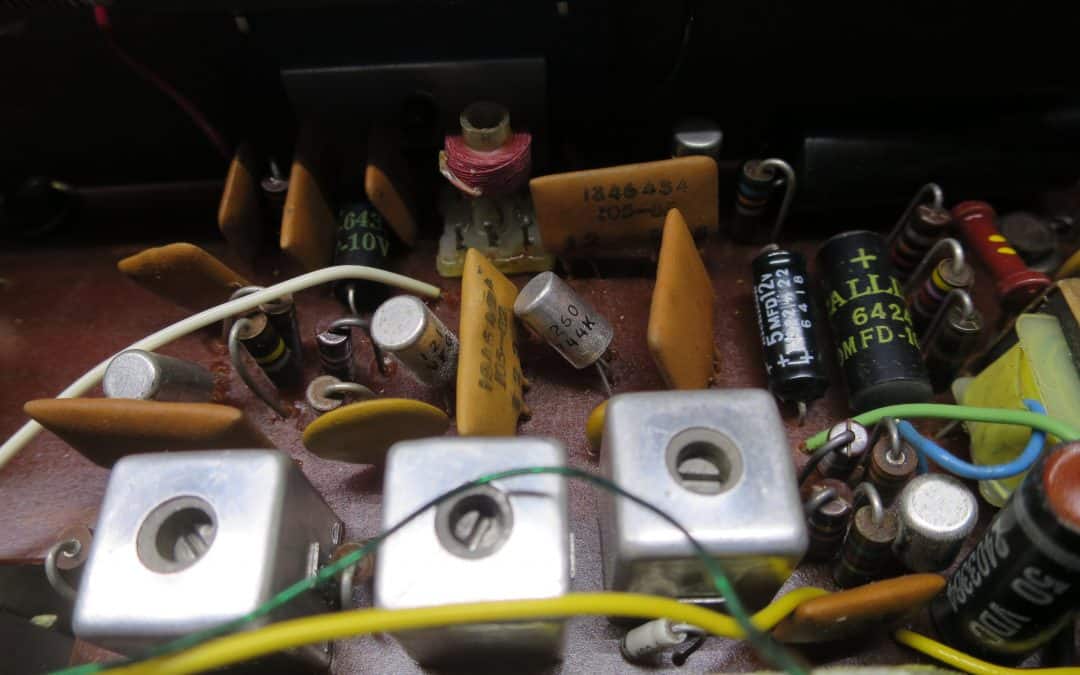Depends, old radios can have many issues but the most common one is a low volume which is fixed by replacing the electrolytic capacitors. Below are some common issues and how to solve them. ***But beware, if you do not know what you’re doing you can make your radio into a nice display item… that doesn’t work.***
Low volume, Bad electrolytic, see repair process below. Very common in transistor radios.
Scratchy audio, Volume control wiper needs to be tested and cleaned.
Distortion & squealing, possibly a bad transistor is also a cause of bad capacitors.
Not picking up stations, it could be you live in an area with bad reception or too much interference.
Dead, Check for broken wires and cracked circuit board joints try new batteries.
About 90% of transistor radios can be brought back to life, with a replacement of the electrolytic capacitors. Most radios have 4 or 6 although some can have as many as 20. They take a couple of hours to replace and you have to have the proper tools to do it right. Here’s what you will need-
30-40 watt soldering iron, flux, solder (no acid core solder!), solder braid, solder sucker, dental picks, tweezers, pliers, diagonal cutters, batterie(s), camera, Electrolytic capacitors, and proper lighting/ventilation.
If you don’t have any of those things repairing your radio may be expensive to buy, not to mention if you haven’t soldered before you should try a soldering kit before starting on a radio. The tools mentioned above are just for a recap that doesn’t even include more testing equipment and tools for further troubleshooting.
This means if you only want to get one sentimental radio restored it’s much cheaper to just get it restored by a technician.
However, if your willing to invest the time and money into fixing your radio I wish you the best of luck feel free to contact me if you get stuck. It is a fun and interesting hobby if you enjoy it.
73,
Henry

